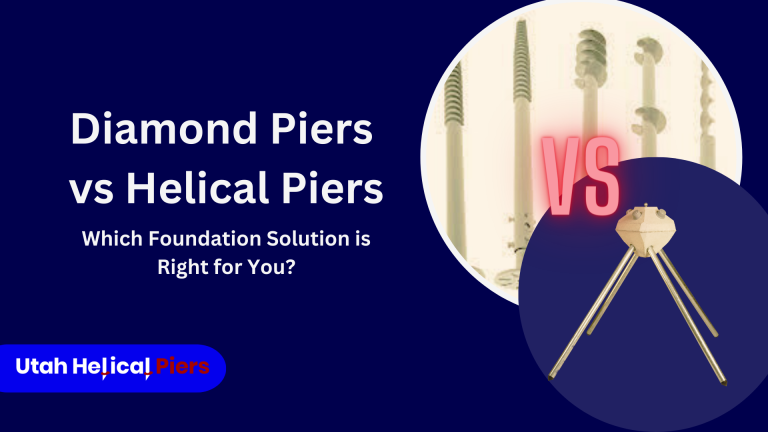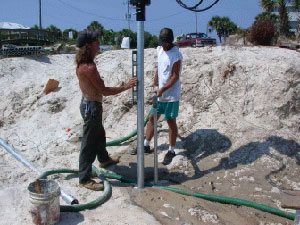Diamond Piers vs Helical Piers: Which Foundation Solution is Right for You?
Are you in the market for a new foundation solution? As you navigate the world of construction and…

Are you in the market for a new foundation solution? As you navigate the world of construction and…

Table Of Content Introduction When it comes to construction projects, choosing the right foundation system is crucial for…